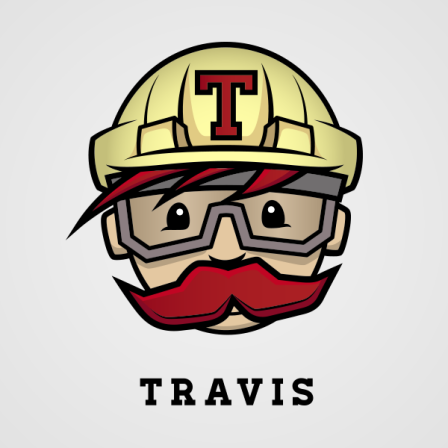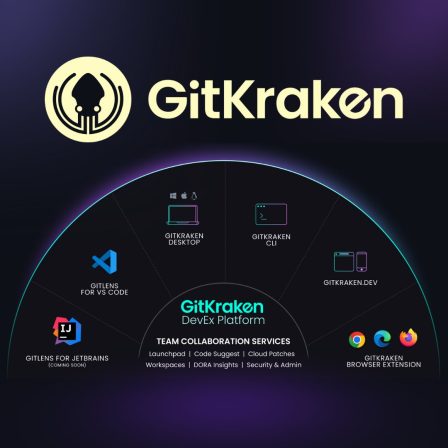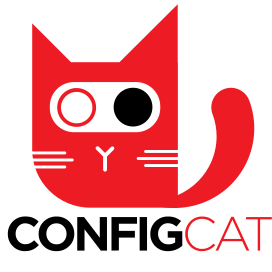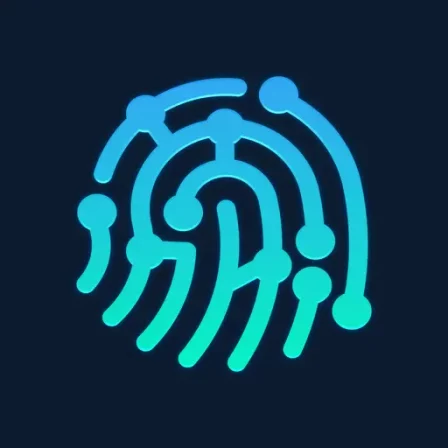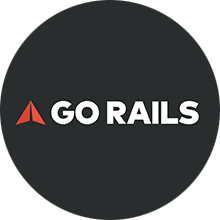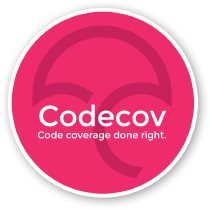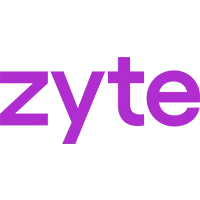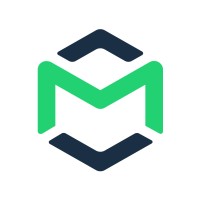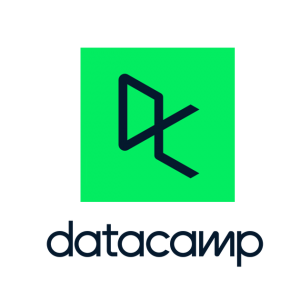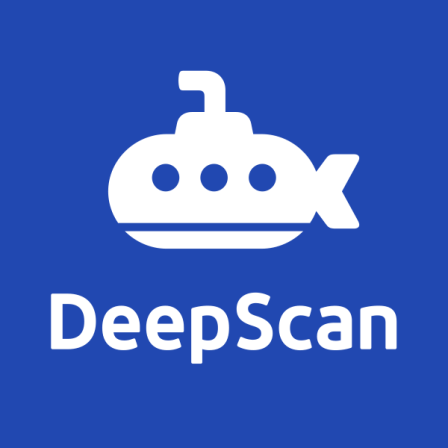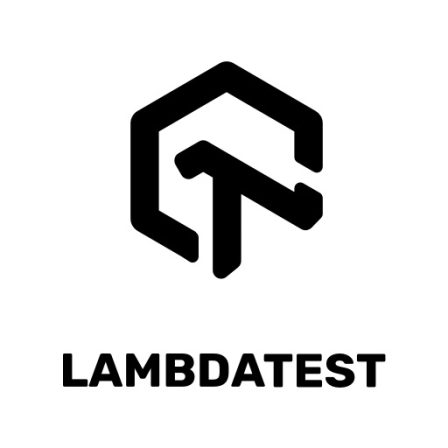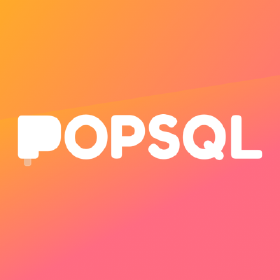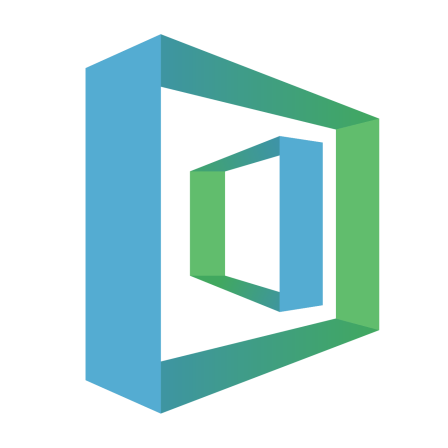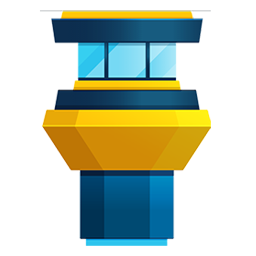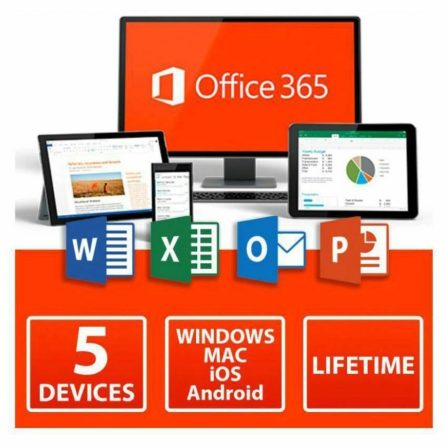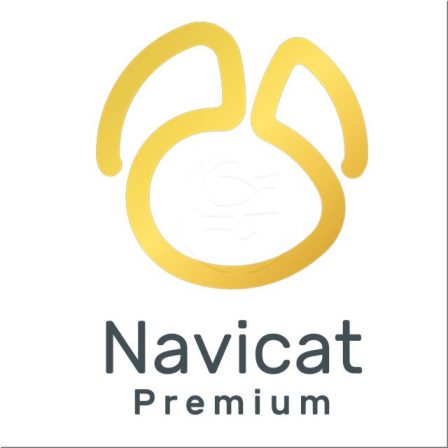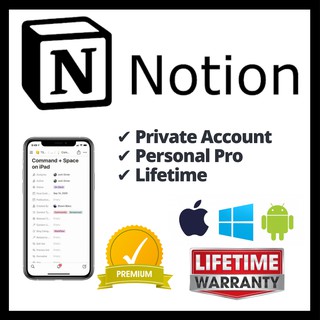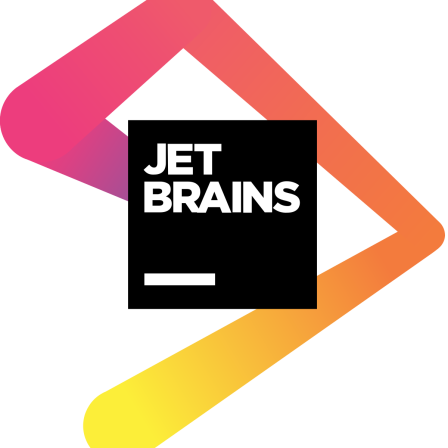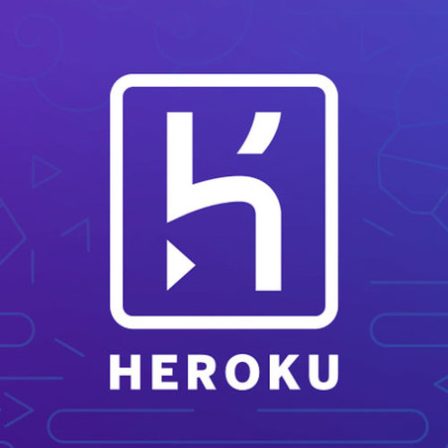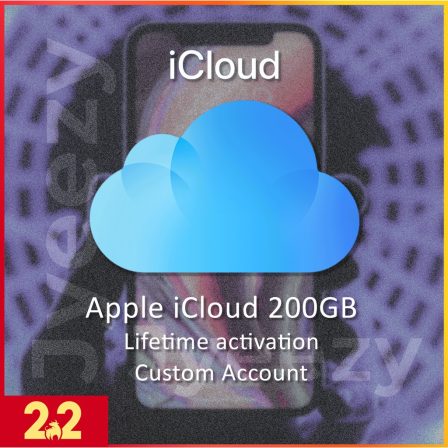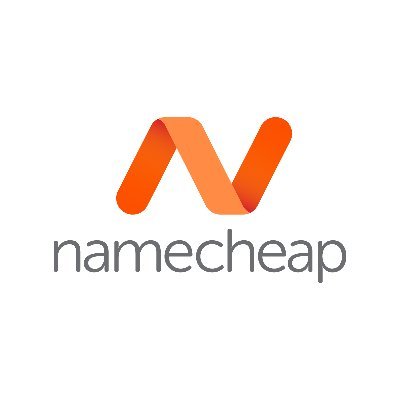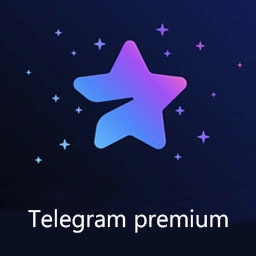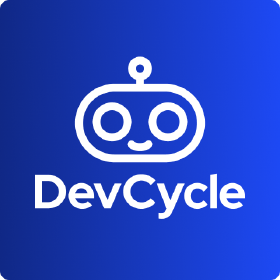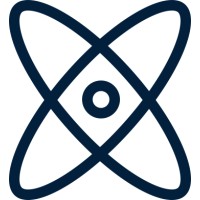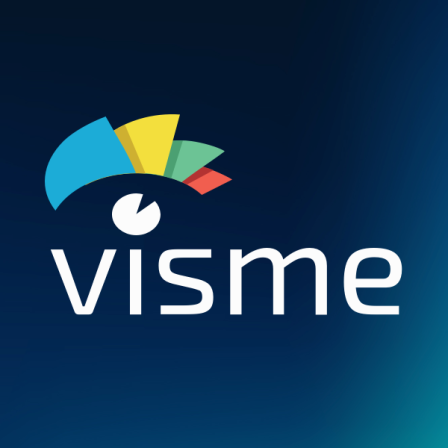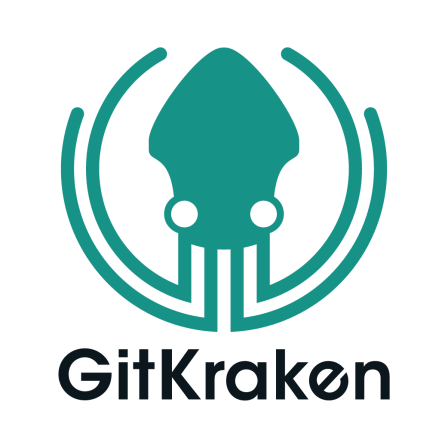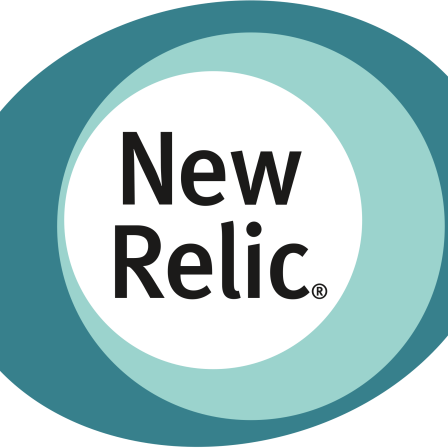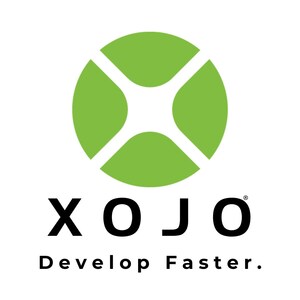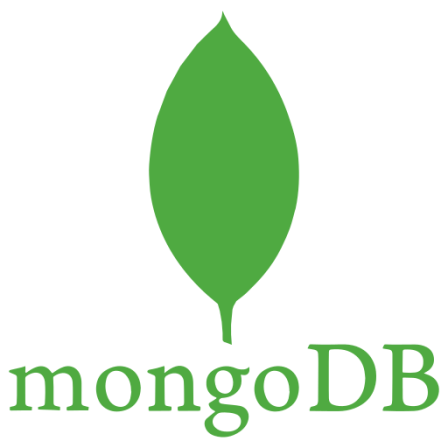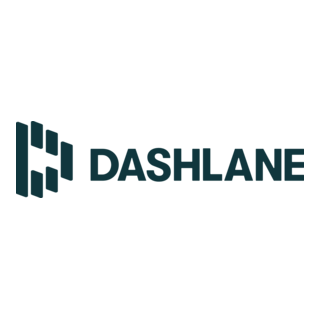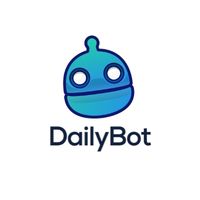There is no item in your cart
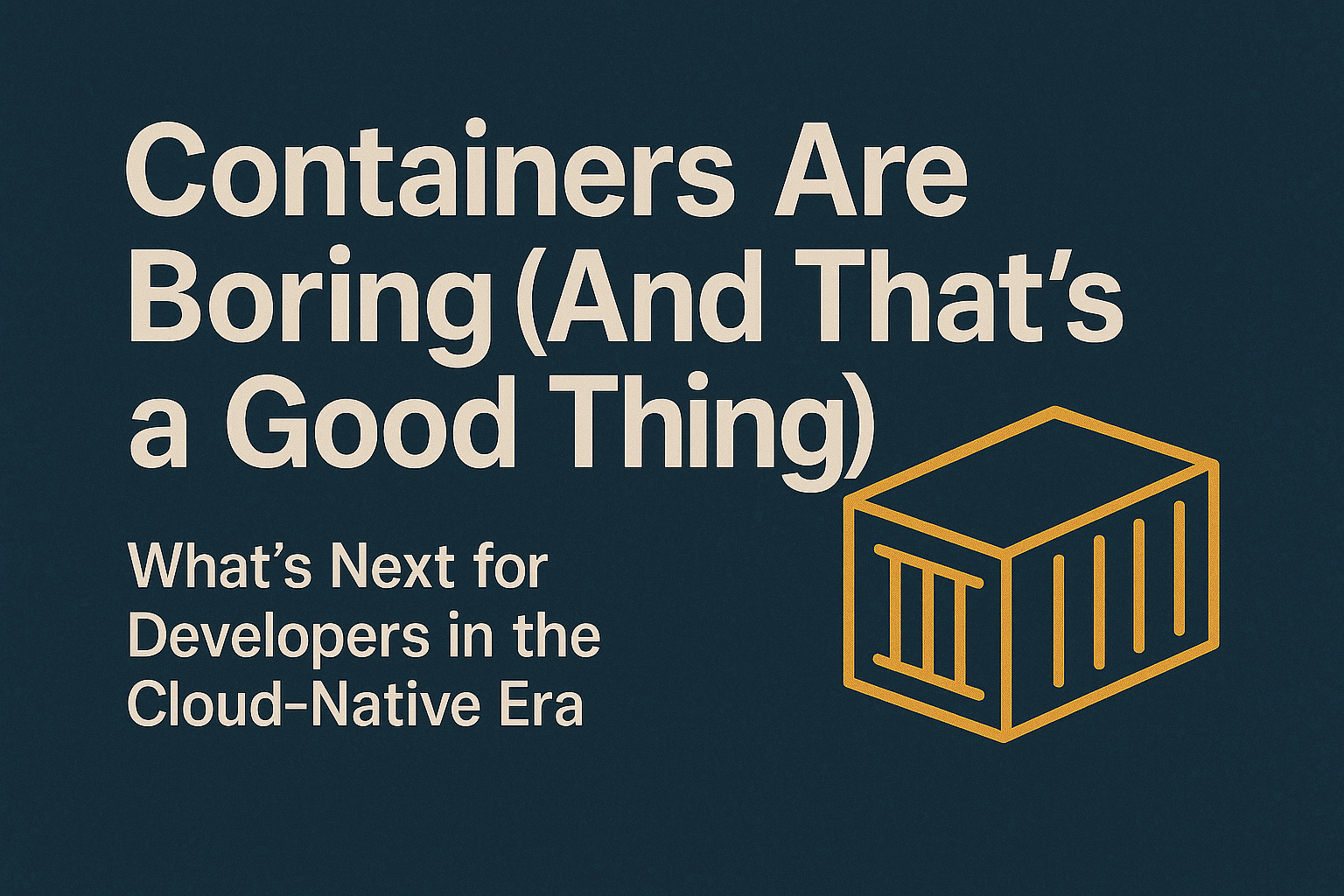
Containers Are Boring (And That’s a Good Thing): What’s Next for Developers in the Cloud-Native Era
For the first time in a long time, containers are… boring. And that’s fantastic news.
A decade ago, Docker and containerization were a revolution, changing how we build, ship, and run software. Today, they are stable, ubiquitous, and essential infrastructure, much like TCP/IP or electricity. The exciting, frontier work is no longer about how to build a container image; it’s about what you do with it.
The innovation hasn’t stopped; it has simply moved up the stack. This guide explores the three new frontiers of the container ecosystem that every developer should be focused on in the latter half of 2025.
Frontier #1: Supply Chain Security
The biggest challenge in a containerized world is knowing what’s inside your box. Your application is only as secure as its weakest layer, whether that’s the base OS image or a nested open-source dependency.
- The Modern Practice: “Shift-Left” security is now standard. This means integrating vulnerability scanning and SBOM (Software Bill of Materials) generation directly into your CI/CD pipeline. When a new vulnerability like Log4Shell is announced, you shouldn’t be asking “Are we affected?”; you should be querying your SBOM to get an instant answer.
- The Tools: Your CI/CD platform (Travis CI), secrets management (Doppler), and automated security scanners are your new best friends.
Frontier #2: The Inner Loop – Developer Experience (DevEx)
While containers are great for production consistency, they can introduce friction into the local development “inner loop” (the code -> build -> test -> debug cycle). Slow container builds and complex docker-compose files can kill productivity.
- The Modern Practice: The focus is now on making local container development feel as fast and seamless as running a local process. This includes faster build tools with better caching, remote development environments where you code locally against a container running in the cloud, and IDEs with deep container integration.
- The Tools: A professional IDE like those from [JetBrains] that can debug processes inside a running container is no longer a luxury; it’s a necessity for an efficient workflow.
Frontier #3: Observability for Containerized Microservices
You’ve deployed your application as a fleet of dozens, or even hundreds, of containers. When a user reports an issue, how do you know which container is the source of the problem?
- The Modern Practice: This is where full-stack observability becomes critical. You need to go beyond just
docker logs. With distributed tracing, you can follow the entire lifecycle of a single request as it hops between your containerized services, databases, and APIs. - The Tools: An observability platform like [New Relic] or [Datadog] is the only way to make sense of a complex, distributed system. It allows you to see not just that a container failed, but why it failed and what other services were impacted.
Conclusion
The fact that containers are now “boring” is a sign of a mature and stable technology foundation. It has allowed us to stop worrying about the box and start innovating on what goes inside it and how we manage it at scale. The most valuable engineers in 2025 are not just experts at writing Dockerfiles, but experts in securing, developing with, and observing containerized systems.
Building and running modern, containerized applications requires a professional toolkit that addresses the entire lifecycle. From securing your secrets with [Doppler], to monitoring performance with [New Relic], to writing code in a container-aware IDE from [JetBrains], SMONE provides the essential tools for the cloud-native era. Explore our catalog and level up your container workflow.
